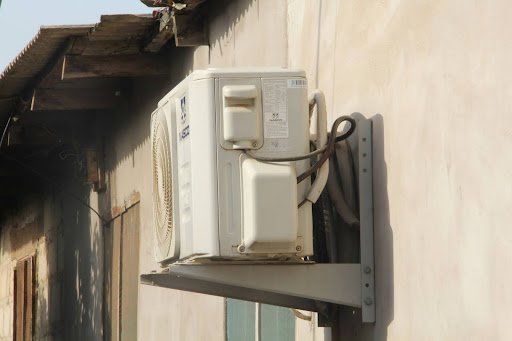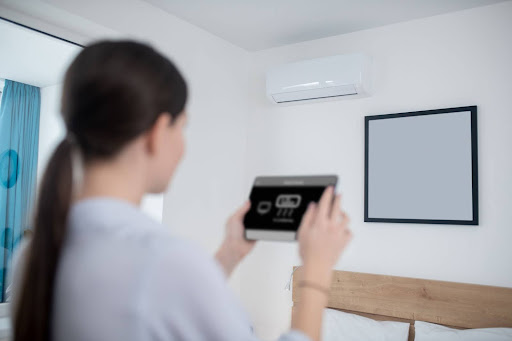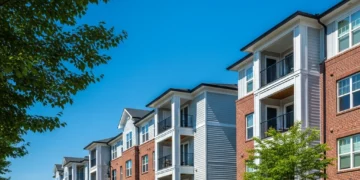There can be no universal solution as far as heating and cooling are concerned. Local climatic conditions affect how much energy will be used in a home, how comfortable the house will be, and the life cycle of equipment. An HVAC system that is programmed to operate in a subtropical humid climate may fail to even produce the necessary climate when located in a dry climate. The most critical reason for maintaining, as well as updating your HVAC system, is the local climatic conditions.
This article discusses the reasons climate is an important issue based on where temperature changes and air quality problems are distinct.
A Climate with Contrasts: What Homeowners Face
There are lots of areas that are neither hot nor cold, but a blend of both. For example, the climate in California and those requiring Walnut Creek HVAC Services:
- Hot and humid summers: Highs in the daytime in the 80s and 90s F, however, cooler in the evenings.
- Mild winters: The lowest temperature can go down to the 30s or 40s °F, but it hardly ever reaches the extreme cold temperatures.
- Season changes: Fall, spring, and winter. There are seasonal changes of the high pollen levels, the wildfire smoke, and the seasonal occurrence of winter storms.
These differences imply that any HVAC system in destinations such as Walnut Creek should:
- Efficiently cool down when it is hot.
- Make heating moderate without excessive heating.
- Filter air to treat the allergens and particulates.
- Adapt to rapid changes in temperature during the day and night.
A homeowner in such a climate cannot just fit the same unit as his cousin in Florida or Minnesota; the system should suit the local circumstances.
Providing Cooling for Hot Days, Not Just Warm Ones
Most HVAC systems are challenged by the mountains, even when a region is renowned for having a mild climate. Walnut Creek usually has pleasant days, yet on hot days the thermometer may exceed 100°F. Unless properly planned, a system that is geared towards an average number of days will not perform and may require constant HVAC repair.
The following are essential in such climates:
- Sizing is important: Systems of improper sizes operate continuously without reaching an established temperature. Big wastes short-cycle, consumes energy, and humidity is not controlled.
- Zoning and variable-speed compressors: Have the ability of the system to change the output between mild and extreme days.
- Insulation and shading: It is as important to minimize the amount of heat gain as it is to have cooling equipment.
The homeowners prevent the hot extremes as opposed to the warm averages, and as a result, they prevent the agony of the system that has just overheated.

Heating Without Excessive Heat
Equally, cooling should deal with an occasional high heat wave, whereas heating should deal with mild winters and not go over the top. In such climates as Walnut Creek:
- Heat pumps can be more efficient than furnaces: they can efficiently heat at moderate temperatures and run in reverse during summer.
- Smart thermostats: Know your habits and the outside weather, and eliminate overheating and energy wastage.
A large heater that is suitable for a snowy climate can be used in a mild place and can short-cycle and wear out earlier, making it more expensive and uncomfortable inside.
Air Quality: The Often-Overlooked Factor
Climate does not only involve temperature. The quality of air influences a large spectrum, depending on the regions and the season. Wildfire smoke and pollen explosions are also now a common phenomenon in the Bay Area. The HVAC design needs to confront these facts:
- Sealed ductwork
- Specialized air purification / ERV/HRV systems
- Humidity
A careless attitude to air quality implies that an HVAC system can transfer pollutants instead of keeping them at bay. A climate-sensitive design does not require a HVAC repair service, such as Chill Heating and Cooling, as often.
Efficiency Isn’t Just About Technology; It’s About Fit
A recent study showed that many HVAC systems were oversized by 200% of their heating capacity. An ultra-efficient system that is fitted where it does not fit very well will never perform to the required level. “Efficiency fit” involves climate compatibility of the type of system:
- Heat pumps are common in the dry, mild climates.
- Climate conditions, such as humidity, may require greater dehumidification.
- Even very cold climates can still use gas backup or even dual-fuel.
- Maintenance procedures depending on the environment: Filters become clogged more quickly in dusty places or smoky ones. The corrosion of coils is higher in the coastal air.
Simply put, efficiency does not simply mean purchasing the highest-rated unit, but rather one that, among the many systems available to purchase and maintain, fits your needs in your region.
Preparing Homes for the Future in a Changing Climate
Local climate isn’t static. The HVAC demands are already being impacted in most places through hotter summers, changing rain, and rising risk of wildfires. The owners of houses can future-proof by:
- Flexible system selection
- Improving insulation and windows
- Air purification and backup power addition
- Frequent evaluation
This proactive strategy with HVAC repair transforms HVAC into a long-term physical fight against costs and temporary comfort and safety waste management.
Conclusion
As HVAC decisions are made according to local climatic conditions, by considering the current condition and future occurrences of climate, homeowners make homes more comfortable, save energy, improve equipment lifespan, and control indoor air quality. Knowledge of climate is not merely a technical understanding; however, it forms the basis of intelligent decisions to be made on cost-effective matters regarding comfort systems in your house.












